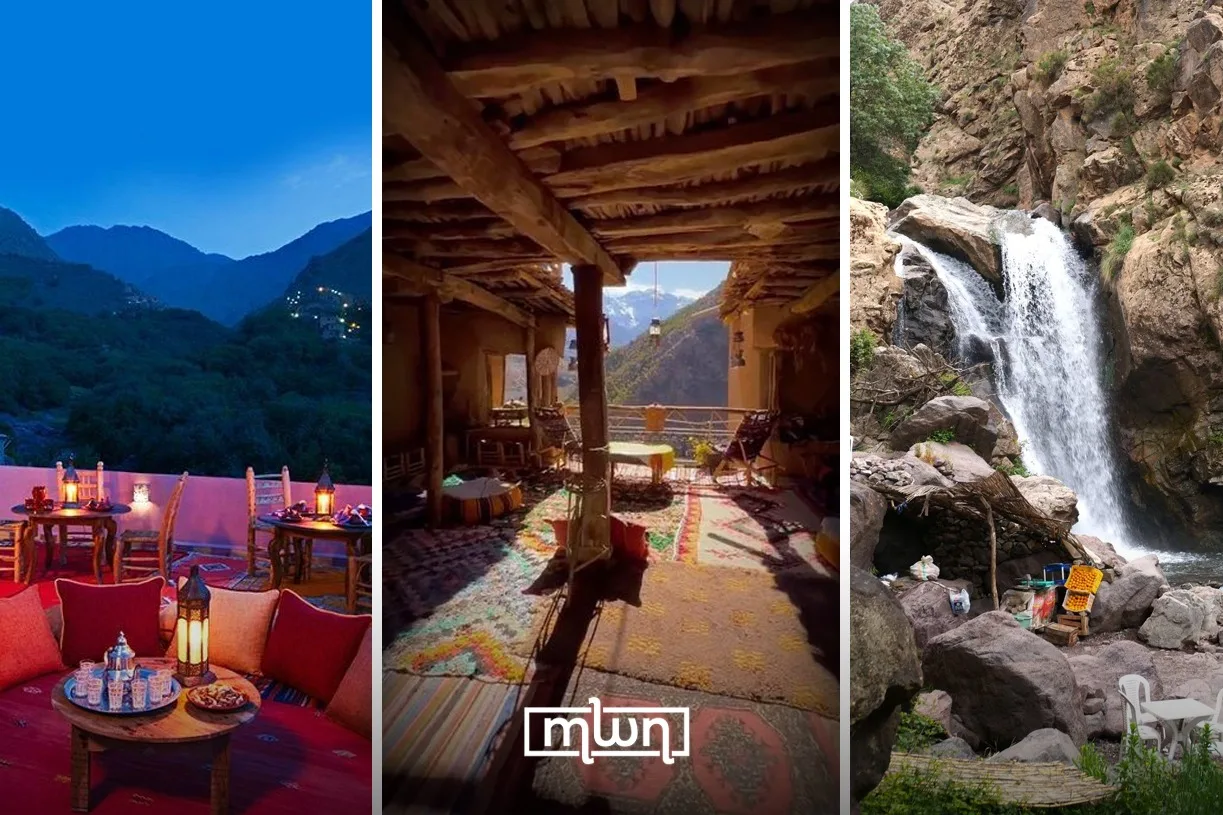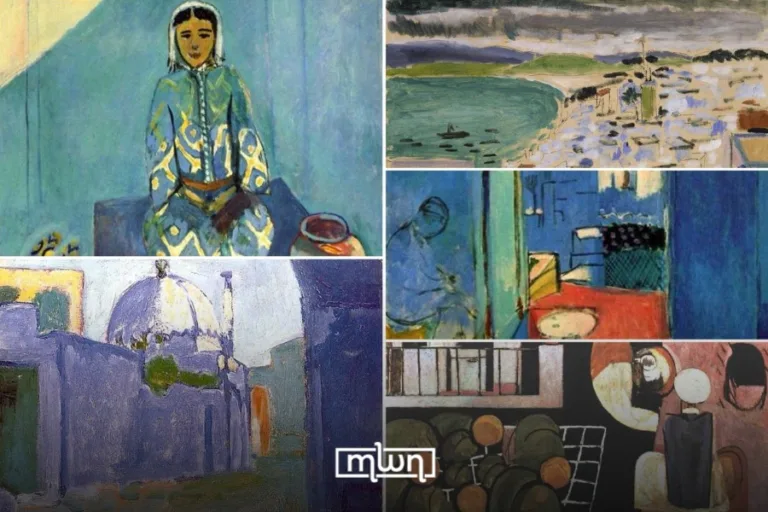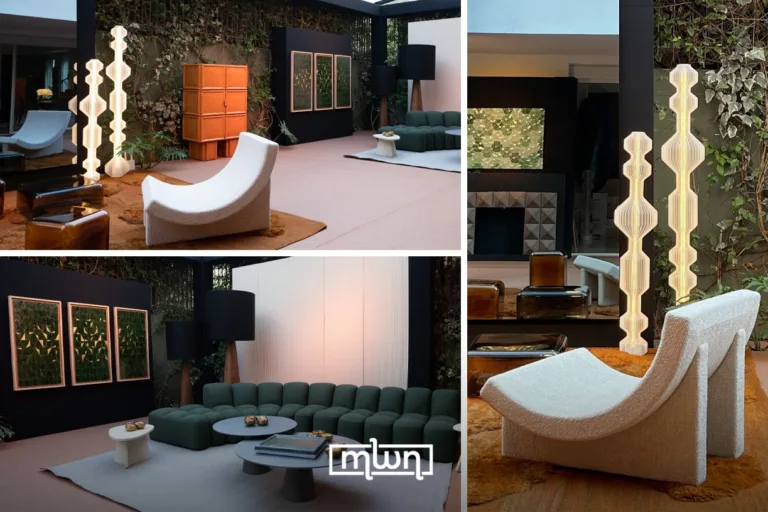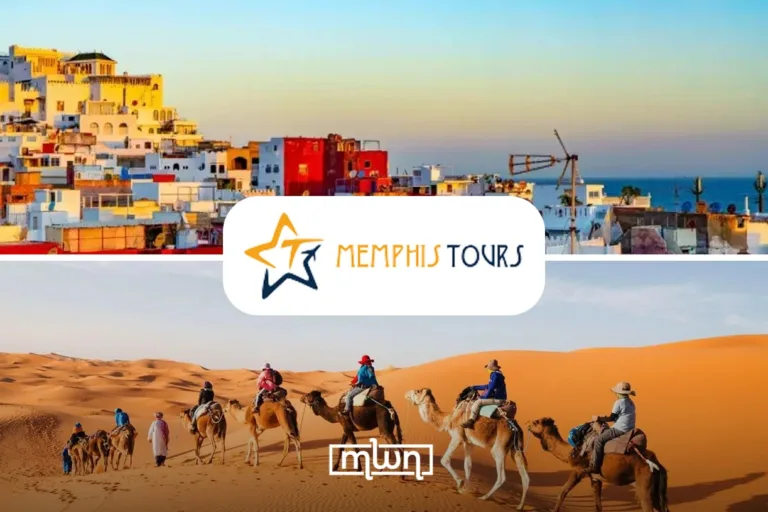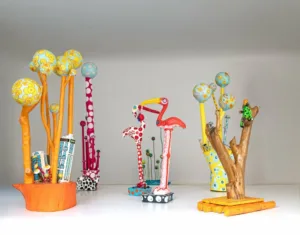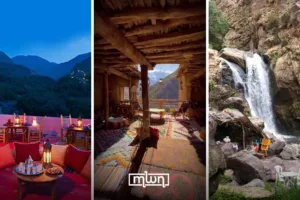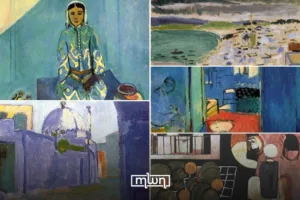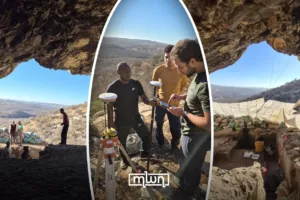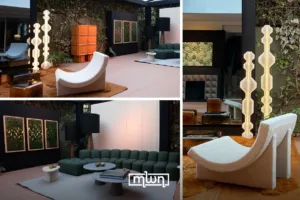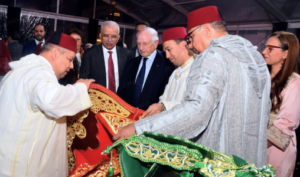Marrakech – Perched at around 1,740–1,800 metres elevation in the dramatic folds of the High Atlas Mountains, the village of Imlil is far more than just a waypoint on the trek to North Africa’s highest summit: It has quietly become a place where tradition, tourism, and transformation intertwine.
Nestled about 60 km south of Marrakesh, Imlil lies at the end of a tarmac road that winds through valleys, walnut groves, and terraced slopes.
The valley is rich with orchards: apples, cherries, walnuts – crops that once formed the backbone of the local economy.
The adobe houses and narrow lanes of the village still reflect a traditional Amazigh culture that goes back generations, albeit one now adapting to new rhythms.
The landscape is spectacular: rising almost immediately into steep mountain slopes, merging with the massif that includes Jebel Toubkal (4,167 m), the highest peak in North Africa.
For many visitors, Imlil isn’t so much a destination as a starting point, but the basecamp before the mountain.
Just a few decades ago, Imlil might have gone unnoticed beyond local networks. But in the later 20th century it began to change. As trekking and adventure tourism blossomed, the village found itself transformed.
Traditionally, the men of the village tended the land, orchards, and livestock, and followed seasonal rhythms of transhumance.
Today many have shifted into guiding, mule-leading, guest-house hosting and tourism services: the livelihood of the mountain has adapted to the flow of visitors.
What to experience
You don’t need to summit Toubkal to enjoy Imlil. Even in the village you can wander apple and walnut-rich terraces, sip mint tea on rooftop terraces, or follow gentle trails toward the nearby waterfall.
Here the guest-houses remain modest, the hospitality warm, and the cultural encounter genuine: local families still serve tagines, invite you for tea, and offer insights into mountain life.
If you choose a night in the village you’ll sleep under clearer skies, wake to the sound of rushing mountain water, and eat fruit that grew above the clouds.
For the adventurous, Imlil is the gateway to serious treks. The route to Jebel Toubkal begins here, guiding travellers through high passes, remote Berber hamlets and alpine terrain.
But it comes with real demands: altitude, weather-variability, and required gear or guide.
Imlil offers more than scenery. It’s a living Berber community. Women tend orchards, rugs are woven, kitchens simmer with mountain produce, and the pace of life remains anchored in place. Taking time to listen and observe pays rich rewards.
Challenges
The road from Marrakech is scenic but narrow and can be affected by weather or snow in winter.
While the village has benefited economically, the rise in visitor numbers raises issues of waste management, trail degradation and cultural change.
For the summit of Toubkal and some treks, official rules require certified guides, don’t assume you can go it alone safely.
Though the area is welcoming, it remains a rural community with traditions; respectful attire, mindful behavior, and fair engagement help.

